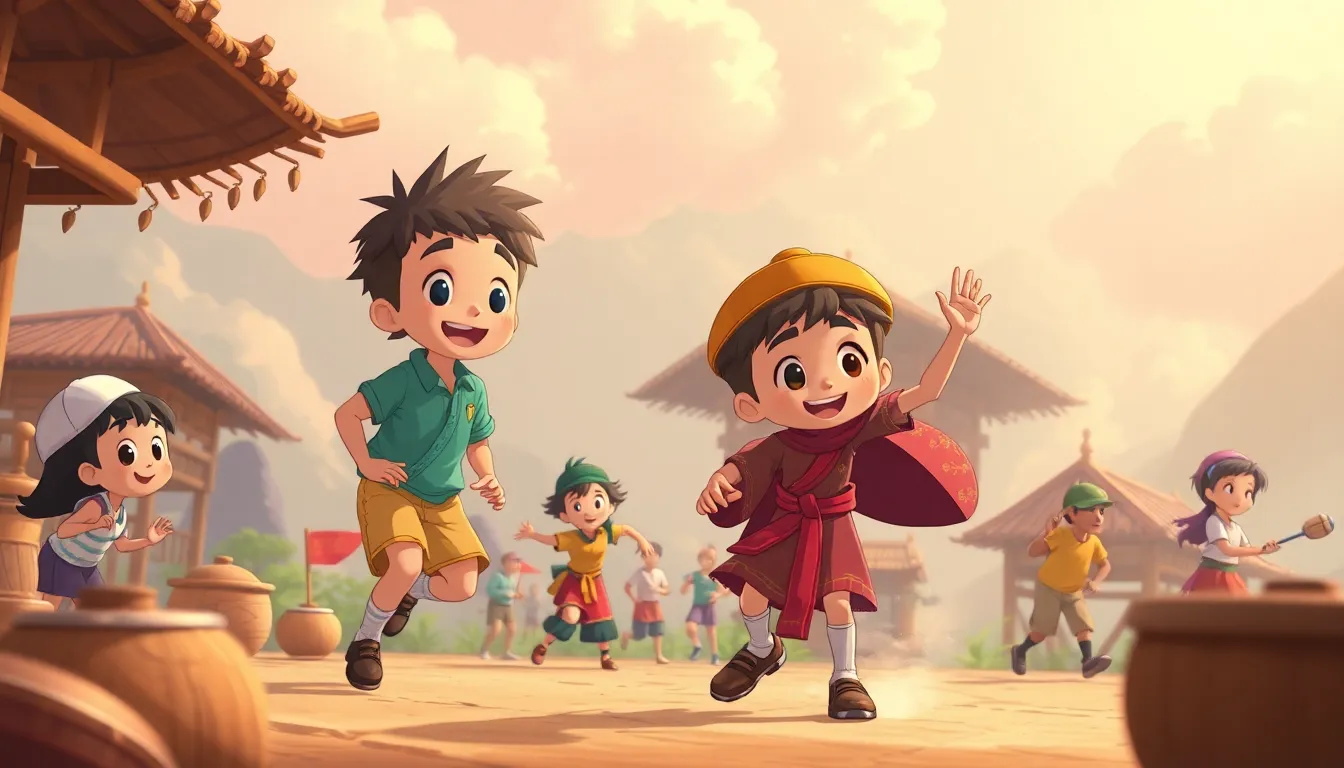
🌍 Traditional Sports Around the World
Introduction
Sports aren’t just games – they are a window into the history, culture, and even the science of a place. From the icy fields of Finland to the dusty deserts of Morocco, traditional sports show how people use Physics (the study of motion and forces) and Biology (the study of living bodies) to have fun, stay healthy, and celebrate their heritage. Let’s travel the globe and discover a few of these fascinating games!
1. Kabaddi – India & Bangladesh
What Is It?
Kabaddi is a fast‑paced tag game played on a rectangular court. One “raider” runs into the opposing team’s half, tries to tag as many players as possible, and then rushes back while repeatedly chanting “kabaddi, kabaddi!”
Science Behind The Game
- Respiration: The chant forces the raider to hold their breath, showing how lungs store air.
- Momentum: When the raider sprints, their body’s mass and speed create momentum, helping them break through the defenders.
Did You Know?
The word kabaddi comes from the Tamil verb “to cling,” because the raider must “cling” to the breath until they return safely.
2. Sumo Wrestling – Japan
What Is It?
Sumo is a traditional Japanese sport where two wrestlers (rikishi) try to push each other out of a circular ring or make any part of the opponent’s body touch the ground.
Science Behind The Sport
- Center Of Gravity: A wrestler’s balance depends on keeping their center of gravity low. The lower it is, the harder it is to be toppled.
- Force & Friction: The massive weight of the wrestlers creates huge forces, but the ring’s clay surface provides friction that helps them grip the ground.
Did You Know?
A sumo wrestler’s daily diet includes a bowl of Chankonabe, a protein‑rich stew that helps them gain weight quickly—an example of nutrition science in action!
3. Capoeira – Brazil
What Is It?
Capoeira blends martial arts, dance, and music. Players form a circle (the roda) and take turns performing acrobatic kicks, spins, and flips while a drum beats.
Science Behind The Art
- Kinematics: The spins and jumps illustrate the study of motion, showing how angular velocity (how fast something rotates) changes with body position.
- Rhythm & Heart Rate: The drum’s beat syncs with the players’ heartbeats, demonstrating how music can affect Cardiovascular (heart and blood vessels) activity.
Did You Know?
Capoeira was created by enslaved Africans in Brazil as a secret way to practice self‑defense—an early example of cultural resistance.
4. Gaelic Football – Ireland
What Is It?
Gaelic football is a hybrid of soccer and rugby. Players can kick, hand‑pass, or carry the ball, aiming to score by sending it over a crossbar (1 point) or into a net (3 points).
Science Behind The Game
- Aerodynamics: The shape of the ball and the way it’s kicked affect its flight path, showing how air resistance and lift work.
- Energy Transfer: When a player jumps to catch the ball, potential energy (energy stored due to height) turns into kinetic energy (energy of motion) as they land.
Did You Know?
The sport is governed by the Gaelic Athletic Association (GAA), which also promotes Irish language and music—linking sports with Sociology (the study of societies).
Mini Experiment: “build Your Own Mini‑sumo Ring”
Materials
- A large piece of cardboard (about 2 ft square)
- Modeling clay or play‑dough
- Two small toy figures or action figures
Steps